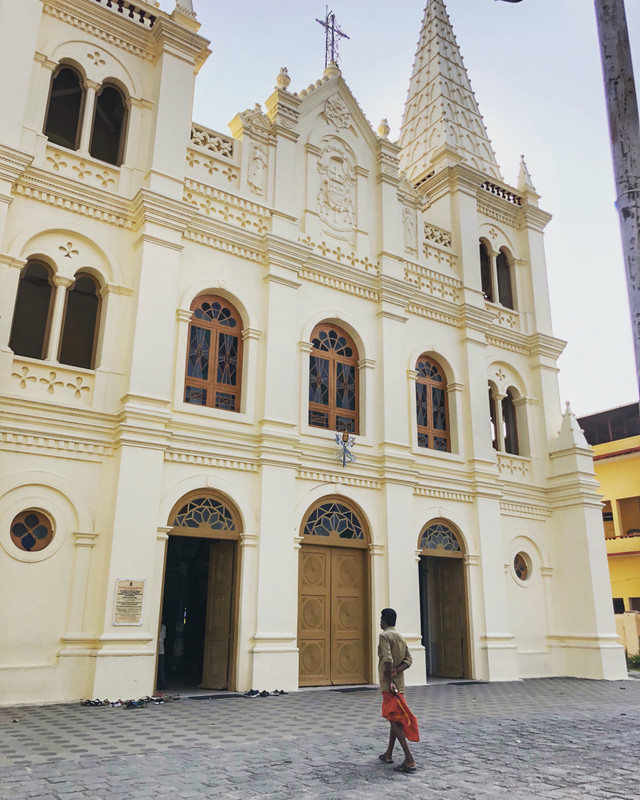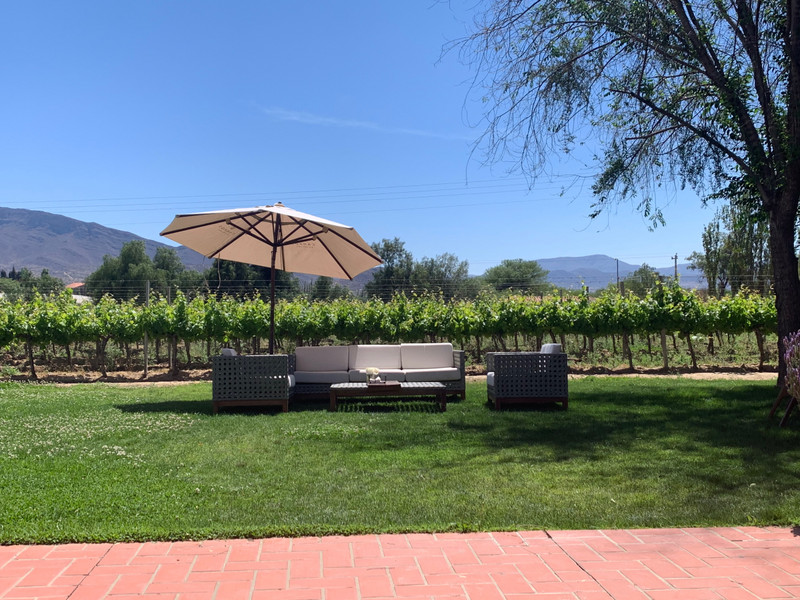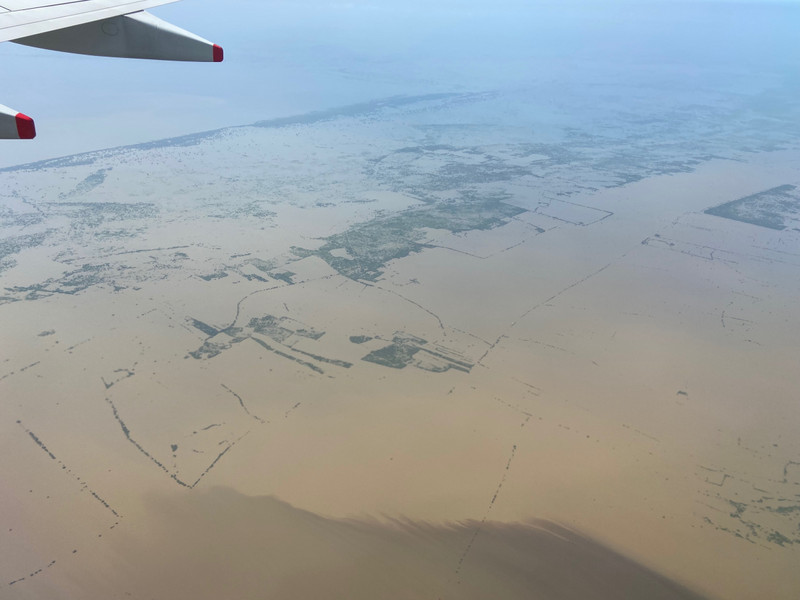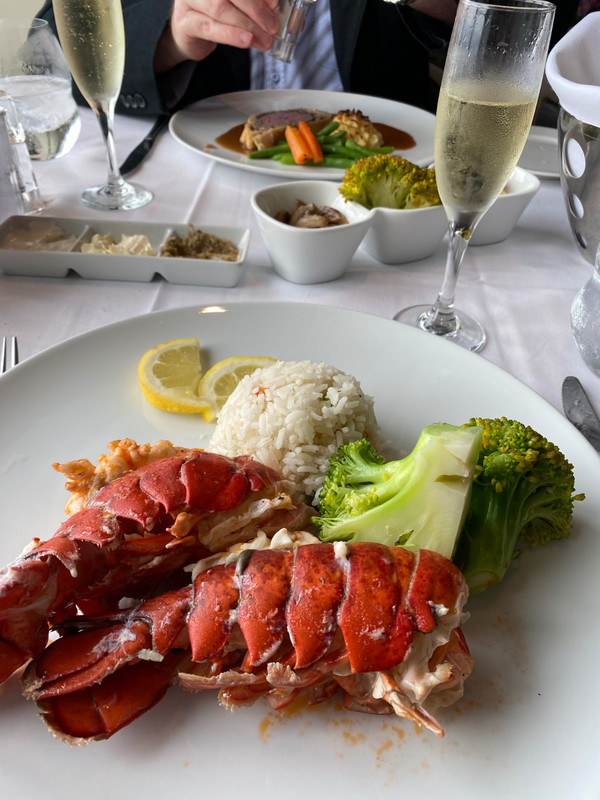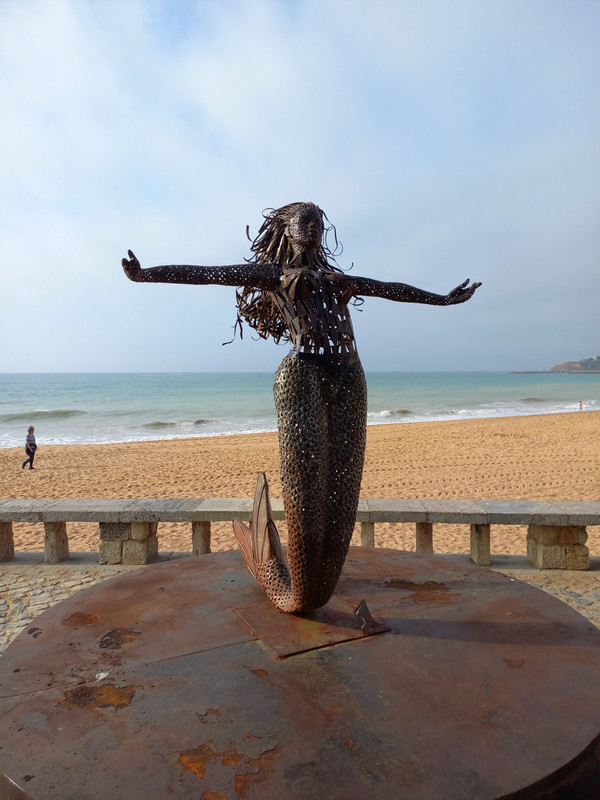The thought of backwater cruise, wildlife at national parks and carpet like tea plantation lured me to visit Kerala. Back in March 2018, I, my sister Nyta and my friend Kiko left Jakarta with Malaysian Airlines, transiting in Kuala Lumpur and arrived in the evening. Our driver, Jotish picked us up and took us to Cochin Marriott.
On the first day of our visit, we had a city tour, visiting Fort Kochi, famous for its spice trading in the 16th century. We could see the legacy of the spice routes from the historical Portuguese architect design buildings, the names of the street and Chinese Fishing Nets along the coast. Kochi is rich in history as merchants began trading spices, primarily cardamom and black pepper, with European, Middle Easterners and Chinese since 1500. Its history was quite similar to that of the Moluccas, Indonesian Spice Islands where they attracted the Portuguese for spice trading as well. Street names like Vasco de Gamma were not unfamiliar to us. The connectivity was apparent with the Treaty of 1814 where the Dutch had to hand over Kochi to the British in exchange of the Bangka island.
Palace, also known as Dutch Palace, from which we headed towards Prince Street at old town, where many European architecture style buildings were turned into hotels, restaurants and souvenir shops. Interestingly, the remains of spice trading were hardly seen.
Lunch was at a old building turned into a boutique hotel, Old Harbor Hotel. Built by the Dutch with Portuguese influence, the hotel used to be a residential home of the employees of English tea It was so cozy as the large yard was covered with greenery that we decided to stay longer while enjoying our coffee. We continued exploring the old town and visited a few souvenir shops and found our favourite store: Fab India. Oh gosh, it was like heaven for us.
We also explored Jew Town, wait, how did Kochi have According to Wikipedia, the ancestors were believed to be the ancient Jews from the King Solomon era. They were referred to as Malabar Jews. After many Malabar Jews migrated to Israel in 1950, it was estimated the population dwindled to 2,400. Out of the 8 synagogues, only Paradesi synagogues still conducts regular congregration. As of today, the Jew Streets at
Jew Town Kochi merely consisted of souvenir, art galleries and coffee shops. We found another perfect store: Yoga Art Cafe, which was a clean looking yoga store that sell Kurtas and coffee too!
Before we headed back to the hotel, we visited Santacruz Basilica is one of the eight Basilicas in India. It was built in the 16th century with the arrival of the Portuguese on the island. Known for its remarkable architect design, the Basilica still holds Sunday Mass services. We passed by St Francis Church before heading towards Cheenavala or Chinese Fishing Nets, introduced to Kerala by the Chinese explorers in the 14th century by Zheng He. Now the red dot connecting the the Spice Route between Kochi and Indonesia became clearer, as there were temples built in Jakarta, Cirebon, Surabaya and Semarang dedicated to Zheng He, one of which was The Sam Poo Kong temple in Semarang.
The next day after breakfast, we headed towards the Allepey Backwater, for our overnight cruise. On our way to Allepey, we were lucky to stop by at a temple that held mini Elephant festival. From February to April, various temple held ceremonies with Elephants being part of the
events. Most of the Hindu temples in Kerala own elephants, many of them being donated by devotees. As we drove further, we came across a group of men dressed in red robes carrying cross on their shoulder, which turned out to be pilgrims visiting Church, ahead of Easter.
We took Kettuvallams, the house boat with Marvel. The captain and boat crew greeted us upon arrival. To our surprise, the boat was not only spacious but also very clean. The rooms were equipped with air condition and ensuite bathroom.
